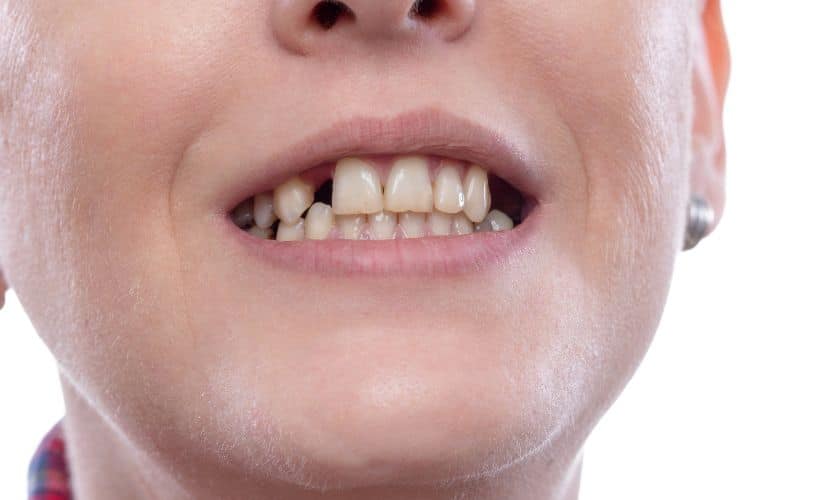The strength and resilience of our teeth often go unnoticed until an unexpected crack or break occurs. These dental mishaps can cause discomfort, affect our ability to eat, and, in some cases, lead to significant pain. Understanding the causes, solutions, and preventive measures for cracked or broken teeth is crucial for maintaining dental health. Here’s what you need to know.
Causes and Types of Tooth Damage
Various factors contribute to cracked or broken teeth. Trauma from accidents, sports injuries, or biting down on hard objects can cause immediate damage. However, cracks can also develop gradually due to teeth grinding (bruxism), large fillings that weaken the tooth structure, or temperature changes causing expansion and contraction, especially if there’s a pre-existing cavity or filling.
There are different types of tooth damage, varying from a minor, hairline crack in the enamel to a severe break that extends below the gum line. Some cracks may be visible, while others are only detected through dental examinations or when pain occurs.
Symptoms and Risks
Symptoms of a cracked or broken tooth can range from mild discomfort when chewing or sensitivity to hot and cold temperatures, to sharp pain when biting down. Left untreated, these issues can worsen, leading to infection, abscesses, or the loss of the tooth altogether.
The risks associated with cracked or broken teeth go beyond the immediate discomfort. These dental issues can impact the surrounding teeth and the jaw, and if left unaddressed, they may require more extensive and costly treatments.
Solutions and Treatment Options
The appropriate treatment for a cracked or broken tooth depends on the severity and location of the damage. For minor cracks or chips, dental bonding or contouring may suffice to restore the tooth’s appearance and function. However, more substantial damage may require different interventions.
When a tooth has mild to severe cracks, dental crowns are frequently used to cap the damaged area. If the break goes all the way into the pulp of the tooth, root canal therapy may be required. In more severe cases, extraction and replacement with dental implants or bridges might be considered.
Preventive Measures
Prevention is often the best solution. Avoiding chewing on hard objects, using a mouthguard during physical activities, and addressing teeth grinding through the use of a nightguard can significantly reduce the risk of tooth damage.
Frequent dental examinations are essential for early detection and treatment. Dentists can identify small cracks or weaknesses before they develop into more severe issues, potentially saving the tooth and avoiding more extensive treatments.
The Importance of Timely Action
If you suspect a cracked or broken tooth, seeking prompt dental attention is vital. Early intervention can prevent the problem from escalating, reduce the risk of complications, and often lead to less invasive treatments.
In Conclusion
Cracked or broken teeth can be uncomfortable and, if left unaddressed, can lead to significant dental issues. Understanding the causes, symptoms, and available treatments is crucial for maintaining oral health. Early detection and suitable treatment are crucial for maintaining the tooth and guaranteeing a pain-free, healthy smile, regardless of the severity of the break or little crack.

